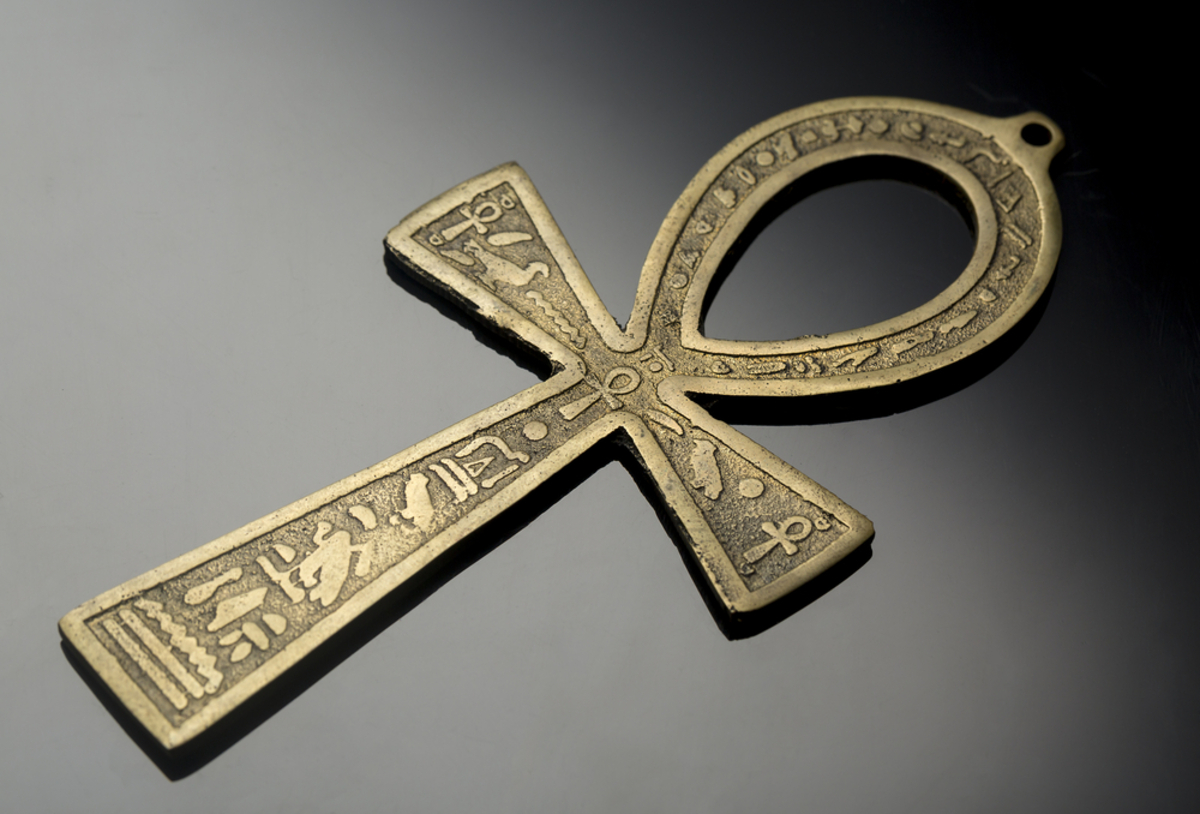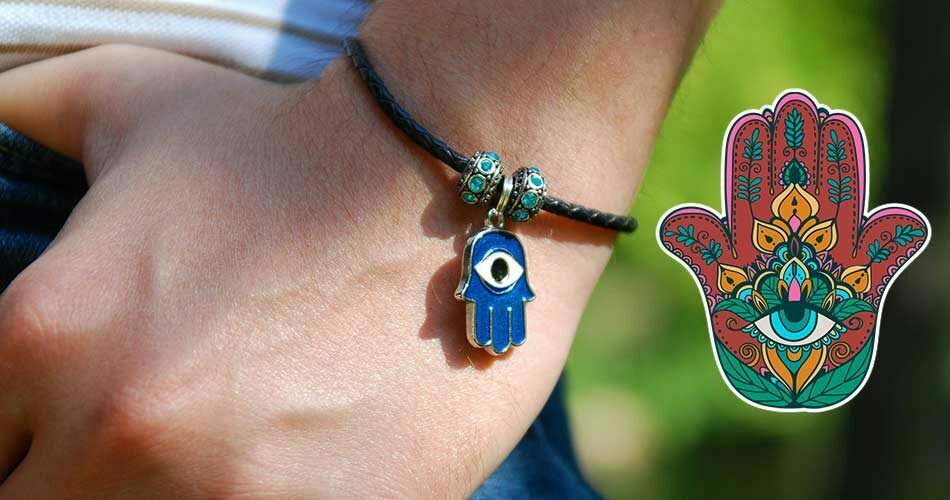
10 Apr A Was A Common Good Luck Charm In Egypt – A Detailed Overview!
Ancient Egypt is known for its rich history, fascinating mythology, and spiritual beliefs that shaped the lives of its people. Among the many symbols used for protection, luck, and well-being, one stands out: the “A”, or the ankh symbol. It was not only a key element in Egyptian art and culture but also widely believed to be a good luck charm.
This article explores the significance of the “A” as a good luck charm in Ancient Egypt, its meanings, and how it influenced the Egyptian way of life.
The Meaning of the “A” Symbol in Ancient Egypt

The “A” or ankh is an ancient Egyptian hieroglyph that represents the concept of life. It is composed of a cross with a loop at the top, resembling a key. In Egyptian culture, the ankh was synonymous with immortality, eternal life, and good fortune. It was often depicted in the hands of gods, pharaohs, and other figures of importance, symbolizing their power and divine connection to the afterlife.
In its most fundamental form, the ankh represented the continuity of life, something that was deeply ingrained in Egyptian belief systems. The Egyptians believed that life was not limited to the physical realm but extended into the afterlife. As a result, the ankh was seen as a key to unlocking this eternal life and was used in religious ceremonies, temples, and tombs to ensure a safe passage to the afterlife.
The Role of the “A” in Good Luck and Protection
In addition to its spiritual significance, the ankh was also considered a good luck charm. Ancient Egyptians believed that the ankh had the power to protect individuals from evil spirits and negative influences. Amulets in the shape of the ankh were commonly worn by Egyptians as a form of protection against misfortune.
These amulets were often worn by both the wealthy and common folk, as people of all social classes sought its protective qualities. The ankh was worn in various forms, such as pendants, rings, and even tattooed on the skin. It was also commonly found in the tombs of the deceased, as it was thought to offer protection and ensure eternal life after death.
The Connection Between the “A” and Egyptian Gods
The ankh was closely associated with several major Egyptian deities, most notably Isis, the goddess of magic, and Osiris, the god of the afterlife. It is often depicted in Egyptian artwork being held by gods and goddesses as a symbol of their power to bestow life and protect individuals from harm.
One of the most iconic images is that of Osiris, holding the ankh as he stands with his arms outstretched, symbolizing his role as a protector of the living and the deceased. Similarly, Isis is frequently shown with an ankh in her hand, offering life and protection to those who called upon her for assistance.
The Ankh as a Symbol of Good Health
Besides representing life and immortality, the ankh was also believed to promote good health. It was thought to hold the power to ward off illness and bring about physical vitality. In a society that placed great importance on maintaining a harmonious connection with the gods and the universe, the ankh was often considered essential in securing health and well-being.
People would place ankh amulets near their sick or dying loved ones, hoping to bring healing energy and protect them from harmful forces. In Egyptian temples, priests would often perform rituals that involved the ankh to invoke divine blessings of health and life for the people.
How the “A” Was Used in Daily Life
The ankh was far more than just a good luck charm or religious symbol; it was a central part of everyday Egyptian life. Here are some key ways the ankh was used:
- Jewelry and Amulets: Egyptians of all social classes wore ankh-shaped amulets as personal adornments. These amulets were crafted from various materials, including gold, silver, stone, and clay. Wearing these amulets was believed to protect the wearer from harm and bring good fortune.
- Funerary Objects: The ankh was commonly placed in the tombs of the deceased, symbolizing the promise of eternal life in the afterlife. It was often included in the burial items of pharaohs and high-ranking officials, ensuring their safe passage and divine protection.
- Art and Architecture: The ankh was a prominent feature in Egyptian art, often seen in wall carvings, sculptures, and temple decorations. It was frequently depicted in scenes where gods and pharaohs were shown bestowing blessings of life on the people.
- Religious Rituals: In temples, priests would use the ankh in rituals to invoke the blessings of the gods. It was seen as a conduit to the divine and was used to grant life, fertility, and protection.
- Magic and Healing: The ankh was linked with magical practices and healing. Priests, healers, and magicians would use the ankh in their spells and incantations, believing that it held the power to cure diseases, grant long life, and bring prosperity.
The Legacy of the “A” Symbol Today
While the ankh may have originated in Ancient Egypt, its legacy continues to live on in modern times. Today, the ankh is recognized globally as a symbol of life and eternal energy. It has transcended its historical roots and is often worn as jewelry by people seeking spiritual empowerment or as a fashion statement. The ankh has also gained popularity in pop culture, especially in connection with themes of mysticism, spirituality, and new-age practices.
The ankh remains one of the most enduring symbols of Ancient Egypt, continuing to inspire awe and fascination with its deep connection to life, protection, and eternity.
FAQs About the “A” Good Luck Charm in Ancient Egypt
1. What does the “A” symbol mean in Ancient Egypt?
The “A” (ankh) represents life, immortality, and the concept of eternal existence.
2. How did the Egyptians use the “A” for good luck?
The Egyptians believed the “A” (ankh) brought protection, good fortune, and health, and was used in amulets worn by people.
3. Which gods were associated with the “A” symbol?
The “A” (ankh) was closely associated with gods like Osiris (god of the afterlife) and Isis (goddess of magic and healing).
4. Did the “A” symbol have a connection to health?
Yes, the “A” symbol was thought to promote good health and vitality, often used in healing rituals.
5. Where was the “A” symbol found in Ancient Egypt?
The “A” symbol was found in jewelry, tombs, temples, and in artworks throughout Ancient Egypt.
6. Is the “A” symbol still relevant today?
Yes, the “A” symbol continues to be used today as a symbol of life, spirituality, and protection in modern cultures and fashion.
7. What was the “A” used for in Egyptian tombs?
The “A” symbol was placed in tombs to ensure the deceased’s journey into the afterlife and to grant eternal life.
8. Why is the “A” symbol so important in Egyptian culture?
The “A” symbol was central to Egyptian beliefs in the afterlife and divine protection, embodying the Egyptians’ desire for immortality and connection with the gods.
Conclusion
The “A” (ankh) was much more than just a good luck charm in Ancient Egypt. It symbolized the very essence of life, health, protection, and immortality, playing a crucial role in the daily lives of Egyptians. Its influence extended from personal adornment to religious ceremonies, providing both physical and spiritual support. Even today, the ankh continues to serve as a powerful symbol, representing the eternal connection between life and the divine.
Related Post
- The Benefits of Group Programs for Weight Loss
- Exploring the Efficacy of Tirzepatide in Weight Loss Programs
- Your Topics Multiple Stories: A Complete Guide to Creating, Organizing, and Sharing Multi-Story Content
- Effective Home Remedies for Hemorrhoid Treatment
- Signs You Need an Eye Exam Sooner Rather Than Later

No Comments